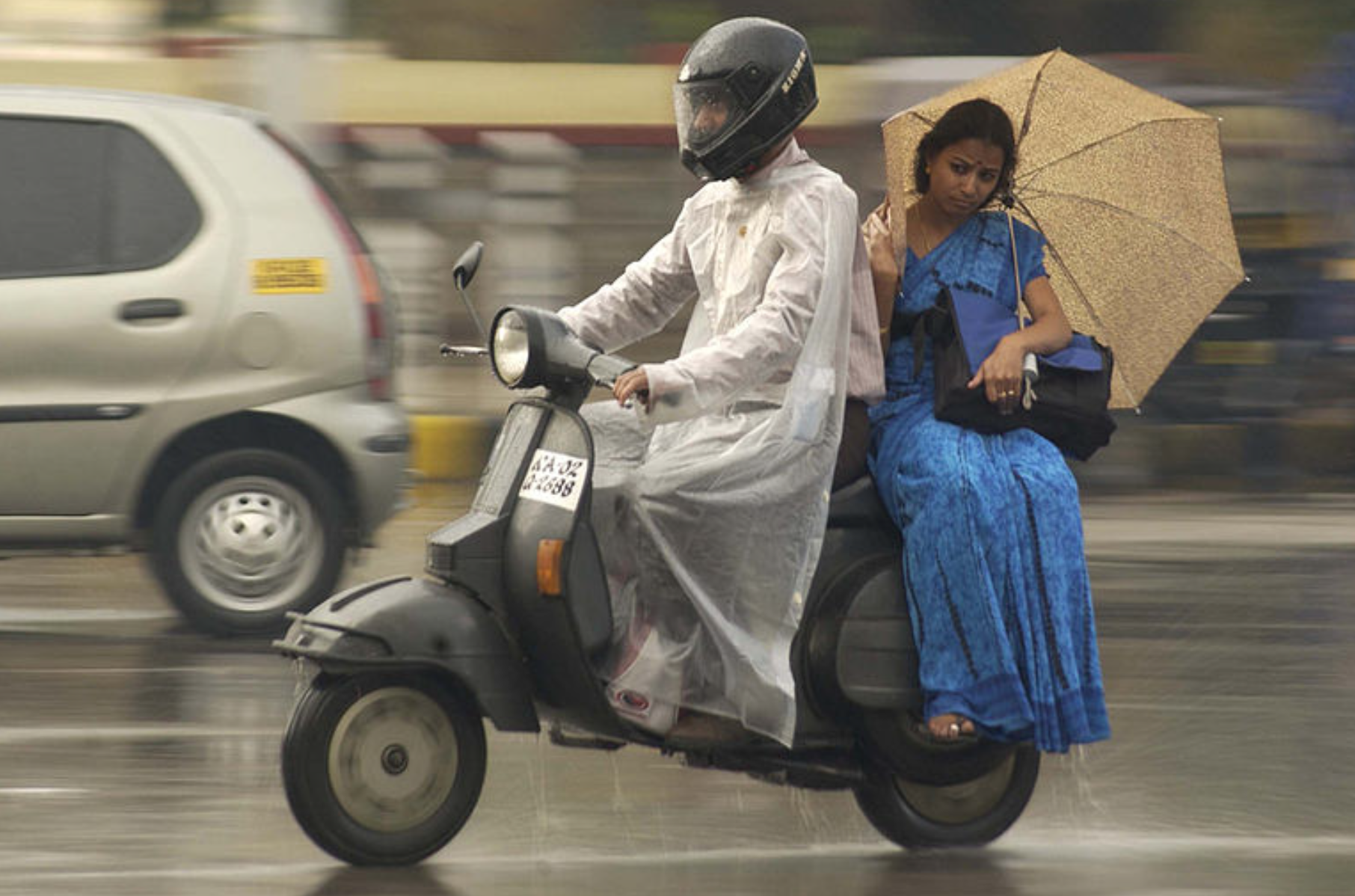

A Travellers' Guide to the Delhi, India
When you think of the weather in India, you will unsurprisingly think about the monsoon rains that affect parts of southern Asia between June and September each year. The monsoon is very much associated with heavy rainfall, but the word itself means ‘season’ and describes the changes in wind direction during a seasonal cycle. Monsoons are characterised by a pronounced rainy season but also include the dry season as well. In the Delhi region, which lies in Northern India, the rainy monsoon season lasts for about two months and brings a welcome relief to the intense heat that builds prior to its onset. The monsoon is a unique phenomenon exhibiting regularity in the onset and distribution across the country, but interannual and intrannual variations are observed.The monsoon is influenced by global and local phenomenon like El Niño Southern Oscillation (ENSO), northern hemispheric temperatures, sea surface temperatures, and snow cover, for example.
Delhi is a metropolitan region of India which includes the national capital city, New Delhi. It is situated on the banks of River Yamuna, with the Himalayas located to the north. It is a land-locked city, and its distance from the sea gives Delhi the influence of a continental climate in what is, more typically, a humid subtropical region. This continental influence leads to significant differences in both temperature and rainfall in winter and summer. Delhi does experience a short and relatively cool winter season. I say ‘relatively cool’, as maximum temperatures remain around 21°C during winter, compared to the sweltering heat of the summer when temperatures peak in the mid-thirties. Occasionally heat waves can result in highs close to 45°C on some summer days. It is the nighttime temperatures that fall away quite markedly during the winter. Delhi’s proximity to the Himalayas results in cold waves that can dip minimum temperatures close to freezing. The winters are also hampered by mist and fog during the morning, causing significant traffic disruption.
Delhi experiences a long, very hot summer that begins in early March when the winds change direction from the northwest to become southwesterly. These winds bring hot air from the Rajasthan desert region. A characteristic of the Delhi summer is the ‘loo’, a wind deposits sand carried from the desert. Between March and May, the hot prickling heat continues to intensify, with May characterised by intense thunderstorms – like the image showing a lightning strike near the India Gate in New Delhi. During peak summer from about early May, the Amaltas and Gulmohar trees are in full bloom and offer a visual extravaganza in Delhi.
The monsoon rainfall arrives at the end of June, bringing some respite from the heat but increasing humidity at the same time. The average annual rainfall is approximately 714mm, similar to Manchester in the UK. However, unlike Manchester, most of the rain in Delhi falls during the monsoon in July and August. The average date of the advent of monsoon rain in Delhi is 29th June. It’s interesting that we can predict the onset almost down to the day. I say almost because it is not always the case.
For example, in 2002, the monsoon rains failed, leading to severe drought across much of India. The India Meteorological Department makes seasonal rainfall predictions prior to each monsoon. Delhi has two weather observing stations, one at Safdarjung inside the main city and the other at Palam on its outskirts near the airport. If you are looking to visit Delhi, the best time is during October and November or February and March when the nights are cool and the days are filled with bright sunshine. However, it’s worth being aware of the different weather conditions that New Delhi experiences throughout the year, as this can impact your trip to this vibrant city.



